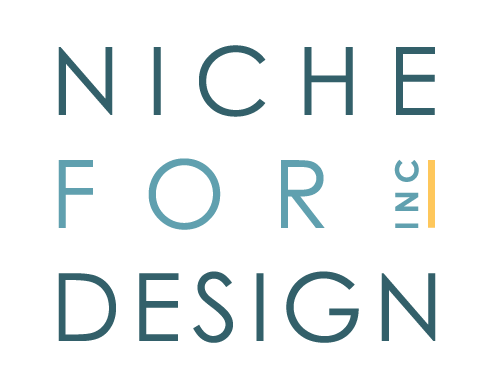-

Workspace Wellness
Most of us spend 90% of our time indoors, and research has shown that our environment is the largest determinant of overall health. (1)
We believe that utilizing your office space to demonstrate your comitment to wellness is key to employee engagement.
It's Easier than you think- Book Now
(1) Klepeis, N.E., Nelson, W.C., Ott W. R., Robinson, J>P., Tseang, A.M., Switzer, P.,… Englemann, W.H. (2001). The national Human Activity Pattern Survey (NHAPS); a resource for assessing exposure to environmental pollutants. Journal of Exposure Science & Environmental Epidemiology, 11(3), 231-52. doi:10.1038/sj.jea. 7500165
Awareness of the importance of wellness in the built environment has been on the rise for more than a decade. However, the recent global pandemic has resulted in significant shifts in both mindset and legislation; which felt like decades worth of change, in a matter of months. With an essential focus on: virus transmission, immune support and air quality and an inherent understanding of how mental health affects our work; we are entering into a completely new reality when it comes to interior design and expectations of our spaces in general. Demonstrating a real concern for wellness will be integral to successful management in the coming years and will require a holistic approach to both policy and workspace design. Wellness has been a core value of our firm since its inception. However, in recent years we have referenced a framework, built on scientific research and industry best practices, called the WELL Building Standard.
“Design strategies, such as access to indoor nature, as well as design and policy strategies that support restoration, productivity and focus can help relieve workplace stress and anxiety, reduce absences and enhance overall perceived health status."
According to research compiled in the development of the WELL Building Standard
Elements of a Wellness Focused Workspace
The definition of a wellness focused workspace can vary significantly from one individual to the next. Each of us are influenced by our past experiences, which is why we always recommend starting with team engagement to develop an accurate definition of what workspace wellness means for your organization. Typically, the office space is not the first thing we think of when we think of workspace wellness. However, a thoughtfully designed office environment has a huge impact on corporate wellness and boasts an inherent 100% participation rate for all occupants!
There are endless options for incorporating wellness into the design of your workspace and we work with you to evaluate the options and implement the improvements that make the most sense. Sometimes these features are implemented on a macro level through the planning of an entire office space. Other times they can be implemented into a specific wellness or restorative space.
Individualized Comfort
- Ergonomic design and products
- Design to encourage movement
- Preventing distractions; acoustics, visual, thermal, and other sensory.
- Personalization
- Storage & organization
- restorative spaces
Connection with Nature & Community
- Biophilic Design
- Connection with Nature
- Access to natural light and views
- Lighting design
- mindful eating spaces
- collaborative spaces
- colour phsychology
Ask us how the WELL Building Standard can help in marketing your space and business!
Sign up to our newsletter
We will get back to you as soon as possible
Please try again later
. Niche for Design. All Rights Reserved



